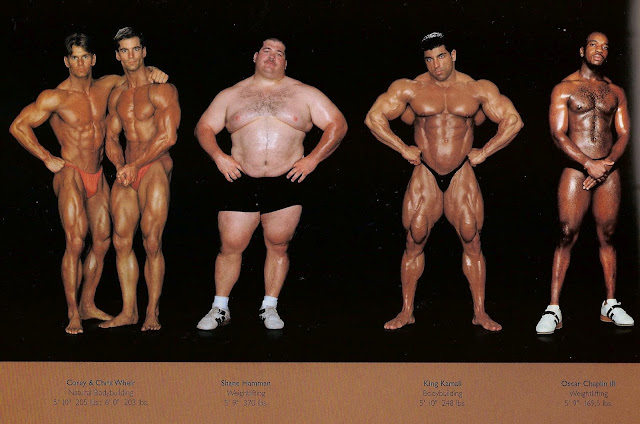The Best Hybrid Photo and Video Camera for 2022
Today's cameras allow even beginners to start their careers in either photography or videography. Usually, photographers will prefer cameras that are more "photo-centric", and videographers have learned that there are certain camera brands that are more "video-centric". These cameras tend to excel at photo or video, but not both. There may be times however that you will need a true hybrid cameras that can perform well for both photo and video. Here we'll take a look at some options from Fujifilm, Sony, Canon, and Panasonic.
Fujifilm X-H2S
The best hybrid camera to come out in 2022 is the Fujifilm X-H2S. The X-H2S is the first Fujifilm camera to have their latest 26MP X-Trans back side illuminated sensor. This BSI sensor allows for superior processing times, evident in the camera's 15 frames-per-second mechanical shooting, and up to 40 frames-per-second electronic shutter. For video makers, the XH2S is able to record an impressive at an impressive 6.2K resolution with its full Open Gate recording. Below are the XH2S specs:
- XH2s 26 MP APS-C) X-Trans CMOS 5 sensor
- SD Card and CFExpress Type B Card
- 15 fps Mechanical Shutter, up to 1/8000 sec
- 6.2K: 1/8000sec. to 1/24 sec.
- DCI4K/4K: 1/8000sec. to 1/4 sec.
- Apple ProRes, All Intra and Long GOP recording
- EVF: 0.5 inch OLED Color Viewfinder, Approx. 5.76 million dots, with 0.8x magnification
- 7.0 stops in-body image stabilization, with optional digital image stabilization
With the impressive specs comes a formidable price tag for the Fujifilm X-H2S. If the price is out of your budget, there's the Fujifilm X-T4 which is more photo centric, but still has IBIS. An even more affordable option is the Fujifilm X-S10.
- Get the Fujifilm X-H2S here
- Get the Fujifilm X-T4 here
- Get the Fujifilm X-S10 here
Sony Alpha 7 IV
- 33.0‑MP full-frame back-illuminated CMOS image sensor
- AF with Real time eye auto focus for humans, animals, and birds
- 4K 60p, 10-bit 4:2:2 recording capability
- 5-axis optical image stabilization (up to 5.5 stops)
- Low noise at high ISO with BIONZ XR processor
- Smart AI-based Real-time Tracking
- 10-frames-per-second continuous shooting
- Breathing Compensation for lenses
- Get the Sony A7IV here
- Get the Sony A7C here
- Get the Sony A7III here
Canon R7
Along with the Fujifilm X-H2S above, the Canon R7 was announced this year, and is Canon's entry in the RF mount for the APS-C market. Along with the Canon R10, the R7 has the smaller sensor for those with a smaller budget, but the R7 can be considered as the better option for event and wildlife shooters. The R7 has a 32MP sensor, newly developed for this camera body, and can shoot 15fps mechanical, and up to 30fps high speed electronic shutter. Below are the Canon R7's specs:
- 32.5MP APS-C CMOS sensor
- 15fps mechanical, and 30fps electronic shutter
- 4K 60p (7K oversampled) and Canon Log 3
- Intelligent Tracking and Recognition, with People, Animal and Vehicle Priority
- 2.36-million-dot EVF
- Dual card slot (UHS-II)
- Corner-to-Corner AF Coverage
- Optional Directional Stereo Microphone
The Canon R7 comes with the new RF-S18-150mm lens, and is compatible with all of Canon's RF lenses. The current disadvantage for these cameras is the lack of other RF lenses, especially for the APS-C RF cameras. If you prefer a full frame option, there's the Canon R6, and the more capable Canon R5.
Panasonic Lumix GH6
- 25.2MP Micro Four Thirds (M43) sensor
- 100MP Hand-held High Resolution Shot
- 4:2:2 10-bit C4k 60p video
- 5.7K 10-bit 60p ProRes Codec video capture
- Unlimited video recording time
- 7.5-stops Dual In-body Image Stabilization
- CFexpress Card and SD Memory Card slots
- Front and Rear Tally Lamps
- Get the Panasonic Lumix GH6 here
- Get the Panasonic Lumix S1 here
- Get the Panasonic Lumis S5 here
While you're here, check out these other camera-gear-related articles:
- The Best Vlogging Cameras of 2022
- The Best DSLRs of 2022
- The Best Beginner Cameras for 2022
- The Best Camera Phones for 2022







Comments
Post a Comment